After 12 months of hard work and research, we are finally published:
Leading-Edge Vortex Lift (LEVL) Sample Probe for Venusian Atmosphere.
We would like to acknowledge both Prof. Sara Seager and Janusz J. Petkowski of MIT for their encouragement and insights on this project.
Abstract:
Can a small, lightweight, free-falling sample probe be slowed enough in the Venusian atmosphere to run a 10 min microelectromechanical systems (MEMS) ion gas micro spectrometer, without adding a propulsion systems or explosives and parachutes to the probe mass? To meet this requirement a leading-edge vortex lift (LEVL) autorotating probe design (i.e., maple or sycamore seed shape) has been proposed and evaluated. It has been found that a probe with a total mass of less than 1 kg would allow prolonged flight longer than 15 min. Mathematical modelling and physical scale model testing has been performed to show that this flight time is achievable, allowing MEMS ion gas micro-spectrometer sampling of the Venusian atmosphere.
Introduction:
Since 2019, many countries and space agencies have proposed Venus missions using balloons to study the cloud layers, atmosphere and more recently, the habitability for life in the Venusian clouds [1,2,3,4,5]. All proposed missions are based around a main large balloon concept, some with deployable secondary probes.
An under-explored need for a small, lightweight sampling system was identified to run alongside a main balloon mission concept as part of the Venus Life Finder (VLF) Missions [6], in order to increase the sample target areas in the Venusian cloud layer and increase the chance of discovering biosignature gas markers.
The first of these VLF missions will be a privately funded mission by Rocket Lab [7]. Rocket Labs’ proposed Photon craft payload is 170 kg to LEO and for this untested mission to Venus, Rocket Labs calculate the Photon craft’s kick stage could carry a 15–20 kg payload. This payload will increase on later missions from NASA [5]. Smaller, secondary sampling delivery systems would need to fit inside or alongside the main payload yet be able to be deployed in the Venusian atmosphere and withstand the hostile environment. In order to maximise the available payload and fit within the parameters of this mission, the authors proposed a <1 kg target mass for the LEVL probe. The proposed payload for the MEMS instrumentation is 340 g [8], giving a target for the additional mass to create the LEVL probe body and wing. Calculations so far show that the LEVL can be built to a mass of 920 g, well within the original <1 kg target. Any subsequent Venus missions with a larger available payload will enable the use of more, or larger, LEVL probes. The LEVL probe would need a long enough flight time to run a 10-min MEMS micro-spectrometer cycle. The full 10 min cycle identifies the composition of gaseous and liquid samples, based on the optical spectra of plasma generated in the MEMS ion spectrometer. For examples of microelectromechanical systems (MEMS) instruments in this category see the VLF mission study [6] and [8,9].
Download our full paper here…
Peer-reviewed and published by MDPI:
Leading-Edge Vortex Lift (LEVL) Sample Probe for Venusian Atmosphere
https://www.mdpi.com/2226-4310/9/9/471
Also published on ResearchGate
https://www.researchgate.net/publication/362893570_Leading-Edge_Vortex_Lift_LEVL_Sample_Probe_for_Venusian_Atmosphere
